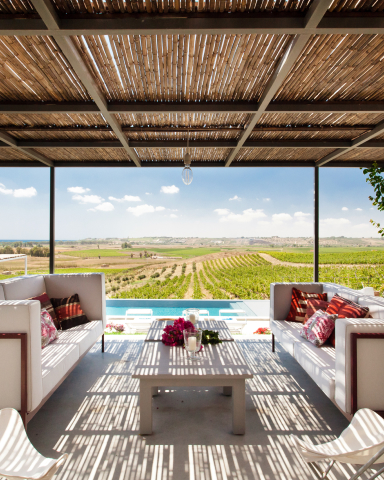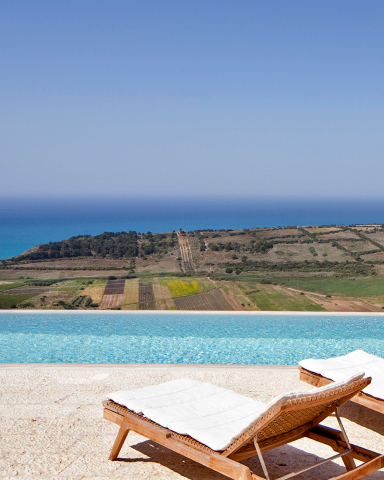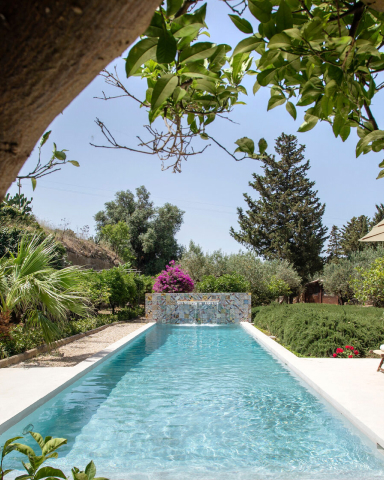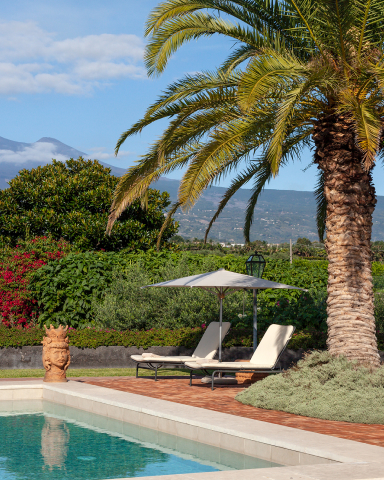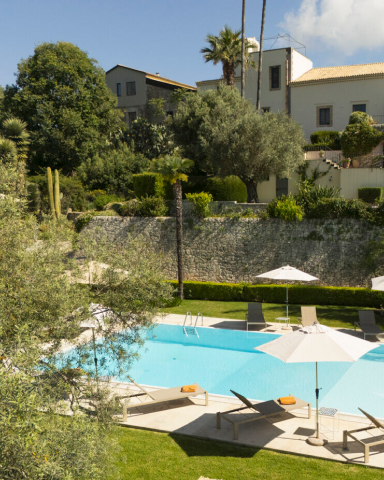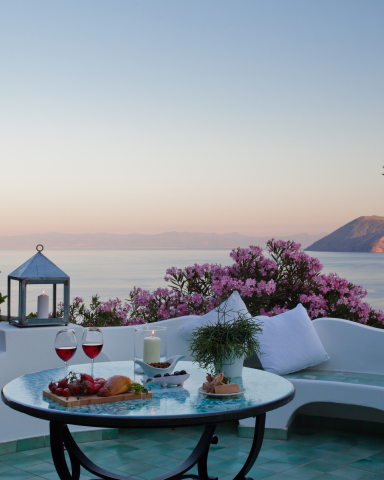Embracing Eco-Luxury in Sicily: The Role of the Sicily Environment Fund and the Conservation Collective

In the era of environmental awareness, luxury travel has evolved. It's no longer just about opulence; it's about enjoying the world responsibly. Eco-conscious travellers seek experiences that minimise their carbon footprint and benefit local communities.
In this blog post we’ll share ways in which organisations like the Sicily Environment Fund – part of the wider Conservation Collective – are ensuring that beautiful destinations like Sicily remain pristine for generations of travellers to come.
What is the Conservation Collective?
The Conservation Collective is a global alliance dedicated to addressing environmental challenges through local action. This worldwide network of foundations is actively involved in implementing projects that provide significant environmental impacts across diverse ecosystems, including land, marine, and freshwater.
“Everywhere you look there are brilliant, passionate people working to create positive environmental change. Local environmental re-granting funds of Conservation Collective make it easy for individuals and local businesses to provide financial support to the most effective organisations working for the protection and restoration of the natural environment of the place that they love.”Ben Goldsmith, founder
The key objectives of the Conservation Collective are:
- To preserve, protect, and regenerate natural habitats
- To help native species thrive
- To slow down and adapt to climate change
- To reduce pollution and greenhouse gas emissions
By aligning with the Conservation Collective, we hope to contribute to a global effort to safeguard our planet, ensuring that the natural wonders we enjoy today can continue to be cherished.
What is The Sicily Environment Fund?
We’d worked closely with several members of the Conservation Collective over the years, including the Ionian Environment Foundation, but we are now taking a more hands-on role: Rossella and Huw, the Founding Directors of The Thinking Traveller, along with a few of our villa owners, have been invited to join the Steering Committee of the newly launched Sicily Environment Fund, an exciting opportunity that allows us to be at the forefront of future projects.
Like the existing members of the Conservation Collective, the Sicily Environment Fund will offer financial and logistical support to local grassroots initiatives aimed at protecting Sicily’s environment, safeguarding its natural habitats, promoting ecological best practices, and mitigating the effects of climate change. At the same time, we will continue to raise awareness amongst our clients, participate in local activities, and donate a percentage of each booking made for our destinations where the Conservation Collective is active.
How does the Sicily Environment Fund support the environment?
The Sicily Environment Fund (SEF) works to sustain the diverse natural assets of the region and ensure that the beauty and ecological diversity of Sicily are preserved and nurtured. Its key focuses include:
- Fundraising for environmental initiatives - dedicating itself to raising funds both locally and internationally. These funds are channeled to support the most effective local grassroots organisations and environmental initiatives.
- Economic and social renewal through environmental projects - the projects supported by the SEF are not just about environmental conservation; they also aim to bring economic and social renewal to local communities.
- Building a strong local network - committed to building a robust network of individuals across Sicily, all united in their effort to amplify the work of local environmental champions.
As a driving force behind the Sicily Environment Fund, The Thinking Traveller has actively supported and promoted numerous environmental projects across Sicily and its islands.
Here are a few examples of projects financed by the Sicily Environment Fund in 2023:
- Ghost net recovery in Ustica - in collaboration with Mare Nostrum Diving, the Marine Protected Area authorities, and local fishermen. Ghost nets continue to trap and kill marine life, and over 150kg of nets have been removed from the seabed in the month of June 2023 alone, helping to restore marine habitats to their natural condition. Operations are continuing and we are looking into opportunities for reusing and recycling the nylon nets.
- Caper plant nursery on Stromboli - in collaboration with the local community. This project aims to promote sustainable food systems while also contributing to the recovery of the landscape damaged by a fire in 2022 that destroyed 1/3 of the island's vegetation. By encouraging maintenance activities of abandoned and uncultivated land, we also hope to help prevent new fires and reduce hydrogeological risk.
- Natural guide training - in collaboration with rewildingeurope.com. The aim is to support the development of environment-based economies and tourism, while at the same time allowing guides to help preserve terrestrial biodiversity through the provision of data for evidence-based land management, fire prevention, and future rewilding measures. Training is delivered by a team of local and international experts using an international standard for wildlife tracking. Thanks to the support of the Sicily Environment Fund, the grantee has secured a further €20,000 from the Horizon project IMPETUS for Citizen Science.
- Plastic-free schools - wholly funded by a strategic partnership with the pop group Depeche Mode. As part of a national campaign to reduce single-use plastic in schools, the Sicily Environment Fund is donating 3 water purification plants to schools on the minor Sicilian islands where clean drinking water is not available. To complete the circle, an art installation using the ghost nets recovered from the seabed around Ustica was created for Depeche Mode's concerts in Milan in the summer of 2023.
Who is a part of the Sicily Environment Fund?
The SEF is directed by a Steering Committee composed of actively involved donors, all sharing a passion for protecting and restoring the outstanding natural beauty of Sicily. Our founder Rossella is both a board and Steering Committee member. Sicilian-born and bred, and with a PhD in cell biology, Rossella has had a lifelong love affair with Sicily and its islands. Over the years, she has travelled to every hidden corner of her land, hiked its many mountain trails, sailed its awe-inspiring coastline, and swam in its magnificent seas. Having supported the Conservation Collective with other projects, Rossella is now absolutely delighted to help build a sustainable future for Sicily.
Another member is Jon Moslet, one of the owners of the stunning Rocca delle Tre Contrade, one of the very top villas available for rent anywhere in the Mediterranean. Abandoned for over half a century, Rocca delle Tre Contrade was brought back to life by Jon and his partner. They painstakingly (and ecologically) restored the property, transforming it into a gathering place for guests from all over the world. Jon is extremely aware of his responsibility towards the environment and is constantly working to reduce the ecological footprint of Rocca delle Tre Contrade.
Celebrating Sicily Environment Fund in the UK and Italy
2023 saw two wonderful events – one in Milan and one in London – to celebrate the launch of the SEF. The guest list included villa owners of The Thinking Traveller, Steering Committee members, supporters of the Conservation Collective, and members of the Italian and the British press representing Condé Nast Traveller, Country & Town House, Tatler and more.
Most recently, our founders Huw and Rossella had the immense pleasure of speaking at the Soste di Ulisse conference at Il Minareto in Syracuse.
Celebrating Sicilian excellence, the association brought together the best hoteliers, restauranteurs, and winemakers in Sicily as well as some of the most respected Italian and international journalists and editors in the sector.
As travellers, our choices can have a profound impact on the destinations we visit. By supporting initiatives like the Sicily Environment Fund, we look to contribute to the preservation and sustainable development of beautiful places in the Mediterranean. In short, keeping special places special.

Supporting Sicily through food and wine: culinary retreats at Rocca delle Tre Contrade
We are delighted to announce four immersive food and wine experiences at Sicilian hillside villa, Rocca delle Tre Contrade in 2024. Over the past decade, Rocca delle Tre Contrade has established an international reputation for culinary excellence, not only where its own in-house chef and her team are concerned, but also for its week-long gastronomic workshops hosted by renowned Michelin-starred chefs such as Skye Gyngell, Christian Puglisi, Michael Tusk and Merlin Labron-Johnson.
To support the Sicily Environment Foundation, a percentage of each booking for the workshops will be donated to go towards the foundation’s projects. See additional information on each unique culinary retreat here.
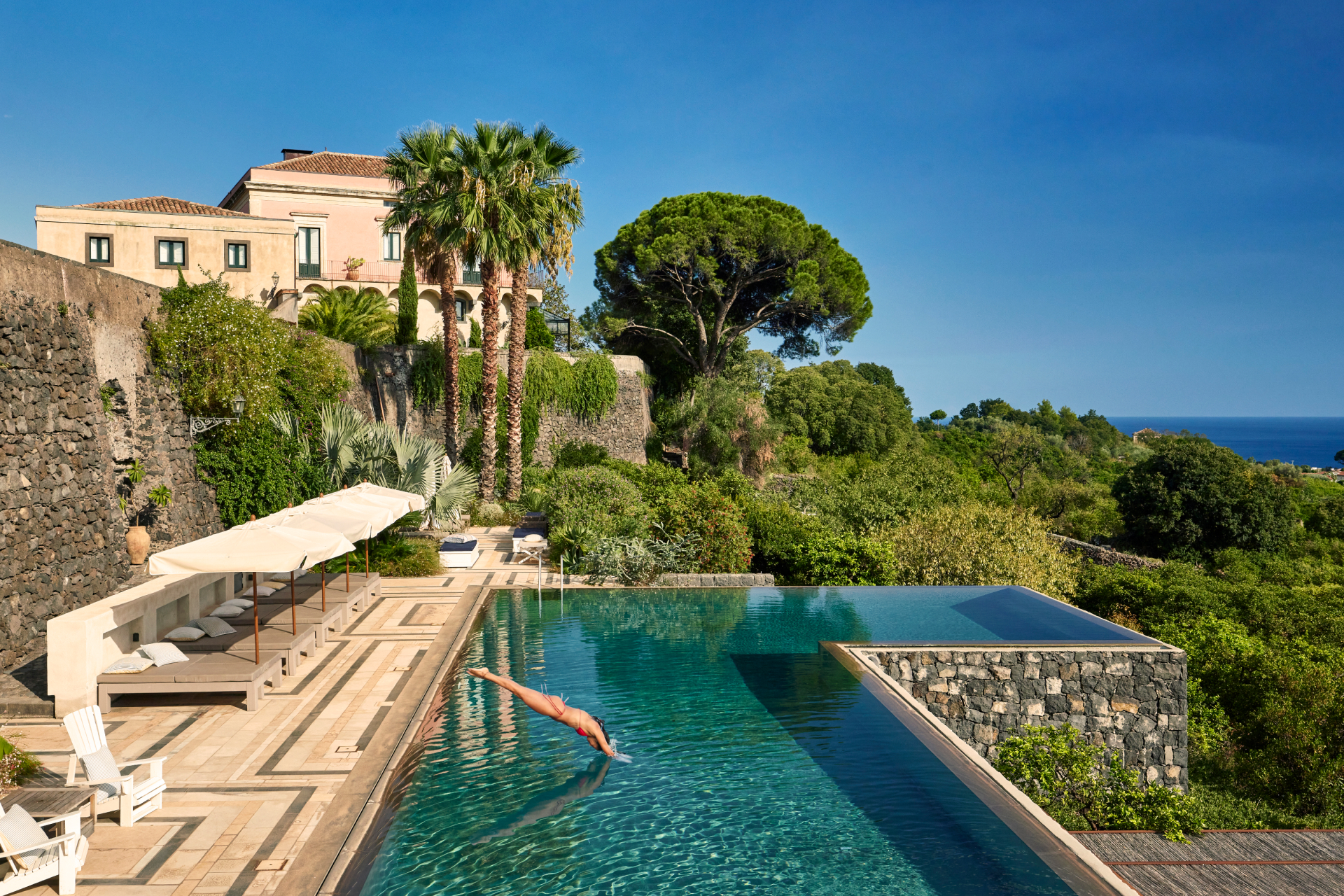
Rocca delle Tre Contrade
Santa Venerina, Sicily
30 Guests
15 Bedrooms
15 Bathrooms
- Fully staffed, immaculate service
- Acclaimed chef and kitchen team
- Luxuriously appointed interiors
- An abundance of space inside and out
- Stunning heatable infinity pool
- Full size private clay tennis court
- Well-equipped gym and hammam
- Superb 360-degree sea and Etna views
- Sustainable practices, renewable energy

We're Villa Matchmakers
Because our local experts have personally visited each of our destinations, we know exactly what makes them special. Tell us what your ultimate villa holiday looks like, and allow us take care of the rest.
